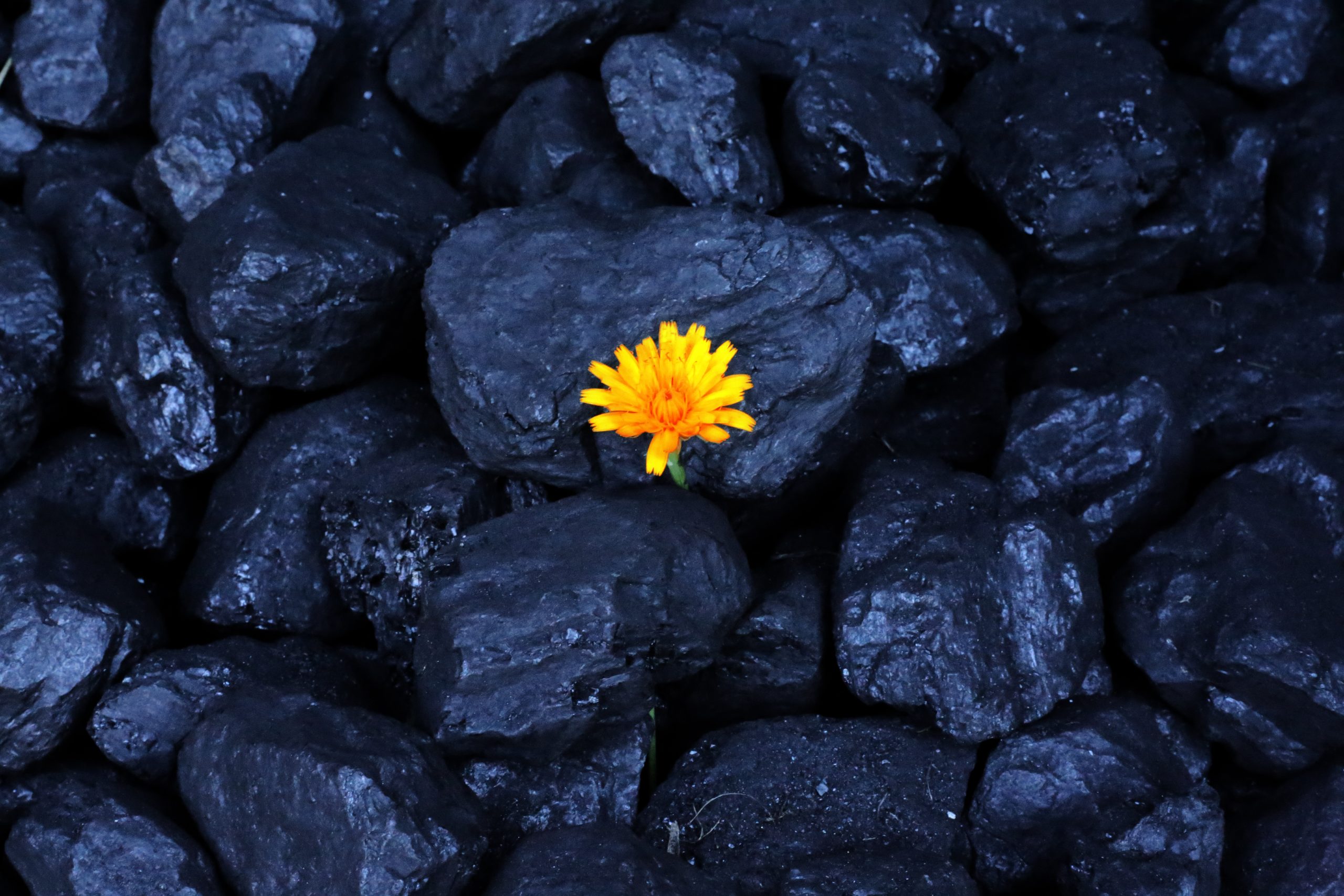Table of Contents
Regular charcoal vs activated charcoal
The difference between regular charcoal and activated charcoal is about 600°. Activated charcoal is regular charcoal that has been heated to a very high temperature and treated with steam or an acidic chemical to increase to increase surface area and porousness.
The way activated charcoal is used varies greatly from the way regular charcoal is used.
Regular charcoal is typically used for fuel or cooking. It also has excellent uses in drawing and artwork.
Activated charcoal is used for medicinal purposes to absorb toxins in the body. It is also a very effective filter for both water and Air.
Do Charcoal Air Purifiers work?
Charcoal air purifiers work by using activated carbon to adsorb gases like toluene and benzene from the air.
Because of activated charcoals ability to absorb VOC’s, (volatile organic compounds) charcoal air purifiers are exceptional at removing odors.
Activated carbon vs charcoal
Activated Carbon is a broad term that encompasses all types of materials such as coconut shell and charcoal.
Activated carbon is the equivalent of activated charcoal or activated coconut shell for that matter. The terms are used interchangeably and mean exactly the same thing.
 What does a carbon filter do?
What does a carbon filter do?
Carbon filtration is a process of using a large surface of activated charcoal to adsorb and remove contaminants either as a system for air purification or water purification.
How does a carbon filter work?
Activated Carbon has an unbelievably huge surface area filled with literally millions of pores and microscopic caves.
Airborne toxins or drinking water contaminants depending on the application are forced into the porous area intermolecularity.
When the pollutants enter the filter, they stick to the sides and get trapped in the vast cavernous filter.
What does activated carbon remove?
Activated carbon has a far reaching list of conditions and environments it is able to treat.
As an air filter it is responsible for removing VOCs, gases, odors, and dust mites.
As a water filter, it used to adsorb a host of impurities including chlorine and fluoride.
How long does activated carbon filter last?
An activated carbon filter should last anywhere from 3 to 6 months depending on what it is that is being filtered and the weight and density of the carbon that you are using.
Uses of activated charcoal
Activated charcoal has a whole range of uses other than filtering air.
Overdose
Activated charcoal as traditionally been used in cases of drug overdose or poisoning. When is this taking internally, poisons and toxins can bind to it to help get rid of the dangerous content.
Flatulence
Activated charcoal is used to help people with excessive gas and reduce abdominal pain related to gas.
Diarrhea
Recent studies have shown that activated charcoal can help prevent diarrhea by adsorbing the bacteria responsible for the diarrhea into the permeable surface of the charcoal.
Healthy gums
Activated charcoal has made its way into a whole slew of toothpaste and oral health products.
Many people claim that it helps with gingivitis because of its antiviral and any antifungal properties.
Facial cleanse
There are many facial cleansers that use activated carbon to help pull toxins and bacteria up out of the pores of the face so that is easier to clean your skin deeper.
Deodorant
Activated carbons ability to reduce odors makes it a great deodorant not only for your underarms but also in the refrigerator and your smelly shoes.
Drinking water
Using activated charcoal and your drinking water can help clean your water and reduce the many chemicals
and poisons like fluoride found in tap water.
Anti-aging
Eliminating toxins that are aging you from the inside out is the ideal.
Using activated carbon regularly can help you detox and feel younger.
Respiratory masks
Activated charcoal attracts and binds airborne contaminants and protects you from breathing in harmful airborne poisons.
Air purification
Most air purifiers come with a activated carbon filter that is coupled with a HEPA filter.
The HEPA filter is designed to capture airborne pollutants .03 microns and larger. But even though 03 microns maybe insanely small, there are other airborne pollutants like vocs and gases that are even smaller.
For these tiniest of contaminants, activated carbon filtration is used to absorb the gases into the large surface area of the filter.
Odors are one of the primary reasons people search for an air purifier.
But odors are one of the hardest things for air purifiers to remove. In order to remove odors, an air purifier must be equipped with an activated charcoal filter.
One of the benefits of having a carbon filter in your air purifier, if you want to look at it that way, is the fact that carbon has a sweet smell to it.
Some people even go as far as to say it smells like cookies or cake.
But regardless if that is something that you like or not, it is a good way of being able to identify when your carbon filter is ready to be exchanged.
Once that sweet smell is gone, your filter is pretty much at the end of its life.
How to clean A activated carbon filter.
Though you can clean it a little bit by soaking it, the density and the amount of pores that activated carbon has, makes it impossible to get very clean.
The truth is, you should factor in the cost of replacing the filters as part of the overall investment in purchasing an activated charcoal air purifier.








